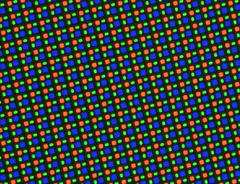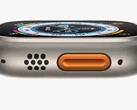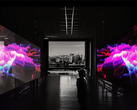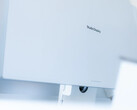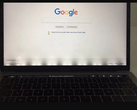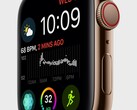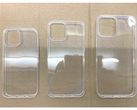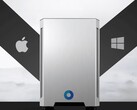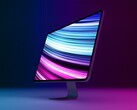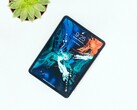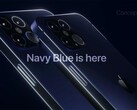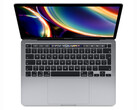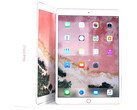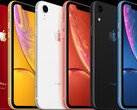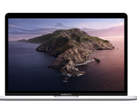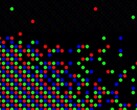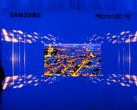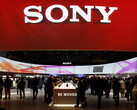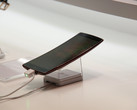A long-standing rumor claims that Apple will soon implement microLED (also known as micro-LED or mLED) panels in future iPhones, iPads, and MacBook Pros. That rumor has grown new teeth with news that the Cupertino colossus is weighing a US$330 million investment in a microLED factory located in northern Taiwan.
The investment is set up as a joint venture with AU Optronics and Epistar, both leading forces in the display industry. Epistar is one of the world’s largest producers of LEDs, and AU Optronics is a leader in LCD panel manufacturing.
This venture could lead to the implementation of microLEDs in future iPhones, iPads, Apple Watches, and MacBooks. Many have speculated that Apple will release a refresh of the new 16-inch MacBook Pro with a microLED display, though there is little evidence of these plans. However, $330 million is not a small chunk of change, even for a tech giant like Apple, so it’s likely the company will use the technology in its devices in the future.
There are good reasons for Apple to use microLED displays. While OLED is the hot new display tech, microLED offers many of the same benefits without some of the annoying drawbacks. Like OLED, microLED is an emissive display technology, meaning each pixel emits its own light. As such, microLED promises to offer the same rich colors and true blacks as OLED. However, microLED displays can be significantly brighter and should not be affected by burn-in or image retention.
Time will tell if we’ll see a microLED iPhone in the coming years. Considering the push into microLED by heavy hitters like Samsung, Sony, and now Apple, that future may come sooner rather than later.




